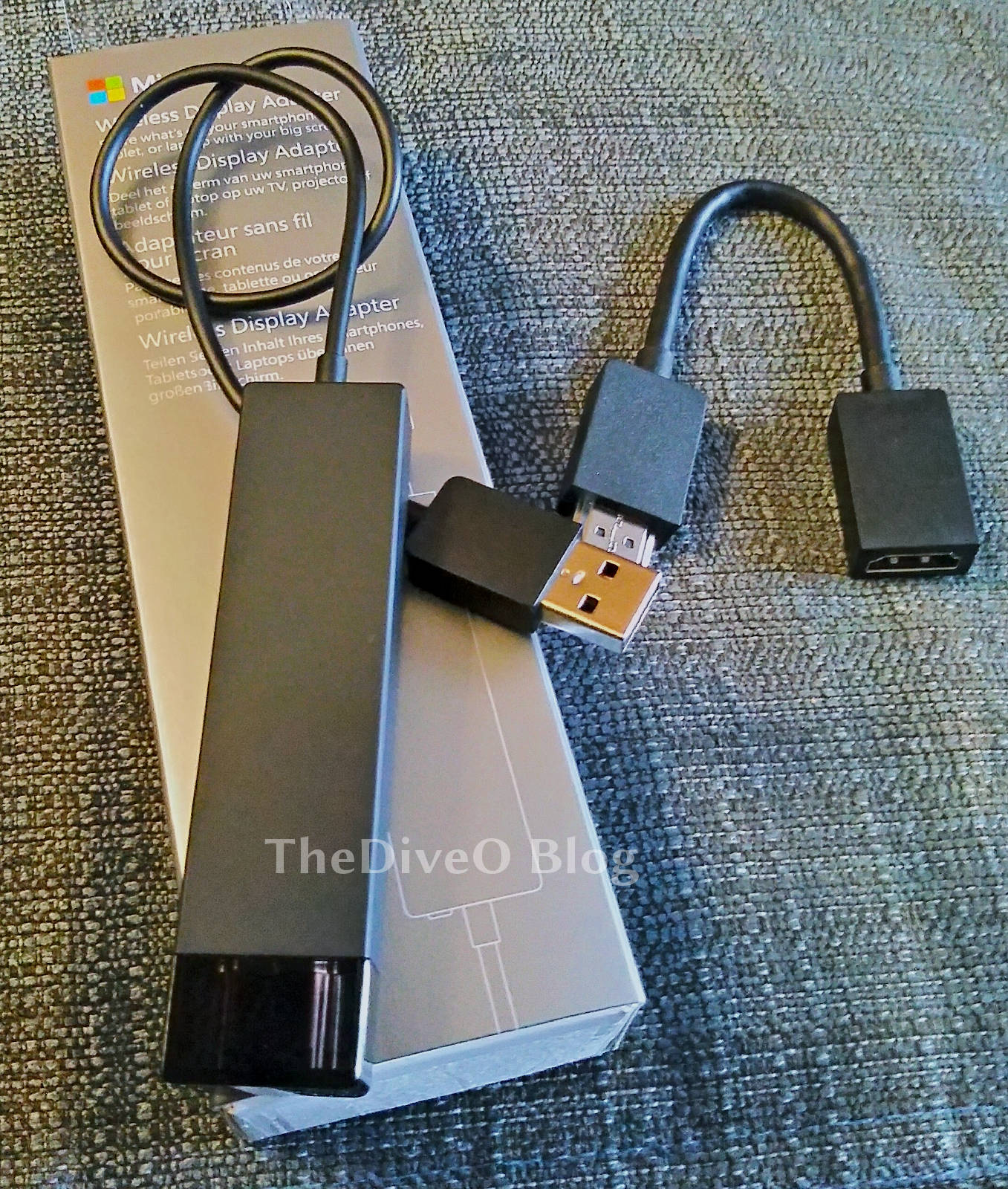More and more LCD TVs come already with WiFi functionality onboard. Also, in many places the existing LCD projectors in conference rooms get replaced with large wall-mounted LCDs. Reasons are probably to get rid of the maintenance costs in terms of constant filter and lamp replacements. However, not all LCD TVs with built-in WiFi yet offer wireless display. The safe path here is a wireless display adaptor, as LCD TVs usually come with several HDMI ports as well as additional USB ports to be (mis)used as power ports.
Germans seem to have a weird sense of language humor: a beamer in German is what is otherwise known as an LCD projector. So you now know the reason for the slightly weird blog post title.
As I'm using a Microsoft Surface Pro 3 for some time now with good results I more and more face the problem of how to interface the Surface tablet with displays. While I already accumulated an impressive set of display adaptor cables I do still hope that eventually wireless display functionality will be the norm soon. I don't consider carrying around a ball of cable to be technical advance. A small wireless display adaptor is fine for the moment and HDMI ports are also quite okay for me, as I'm no 4K junkie.
Tales from the Transporter Room
For whatever reason, the Surface Pro 3 does not want to see my Samsung AllShare Cast wireless display adaptor I alread purchased some time ago to use with my Samsung tablet (Galaxy Note 10.1, 2014 Edition). So I shelled out some bucks for Microsoft's new wireless display adaptor.
 |
| The hard part: getting to the point of adding a wireless display. |
My Internet research wasn't exactly pleasable, as many sources said that Microsoft has a hard time tracking down the real issue. However, one finding rang a bell: a suspected interference with the network bridge drivers of VM (virtual machine) packages.
I quickly traced down the issue to be in fact the VM network bridge drivers of my VirtualBox installation by selectively disabling the network bridge drivers. As it seems, there currently is no way to fix this interoperability problem, so I deinstalled VirtualBox completely because I don't want and don't have the time to muck around with driver profiles every time I need to display something on a wireless display.
With the network driver issues sorted out I finally could successfully connect my Surface Pro 3 to the Microsoft wireless display adaptor. Luckily, Microsoft obviously threw in a considerably fast processor into their adaptor, so screen updates don't have too much lag. Screen effects also do come through quite nice. I've seen other wireless display adaptors that were quite bad in this respect. One of these other adaptors even ruined screen updates to the point that it displayed only some intermediate display state and required further manual screen updates.
Beam Me Up
 |
| Microsoft wireless display adaptor for HDMI. |
The performance of the adaptor is quite good and tracks display effect considerably well. The display catches up quickly without getting stuck in some intermediate state.
The Microsoft wireless display adaptor comes with a short HDMI extension cord to cover for those cases when where is not enough room around the HDMI socket to directly plug in the adaptor. But that's all that's in the box.
There's also a Windows App for the wireless display adaptor that allows to change some settings, such as the name broadcast by the adaptor. This app also allows to update the firmware in an easy way.